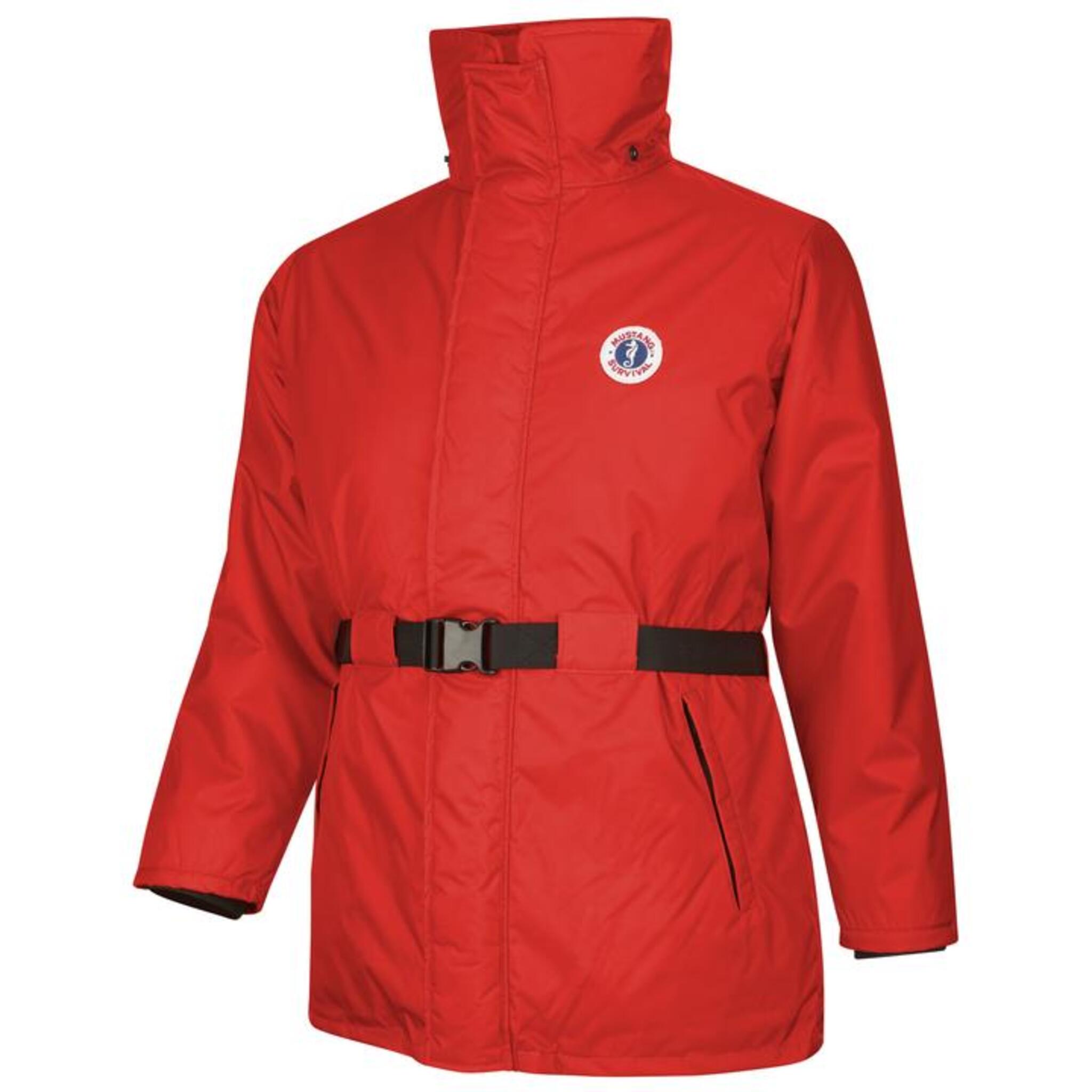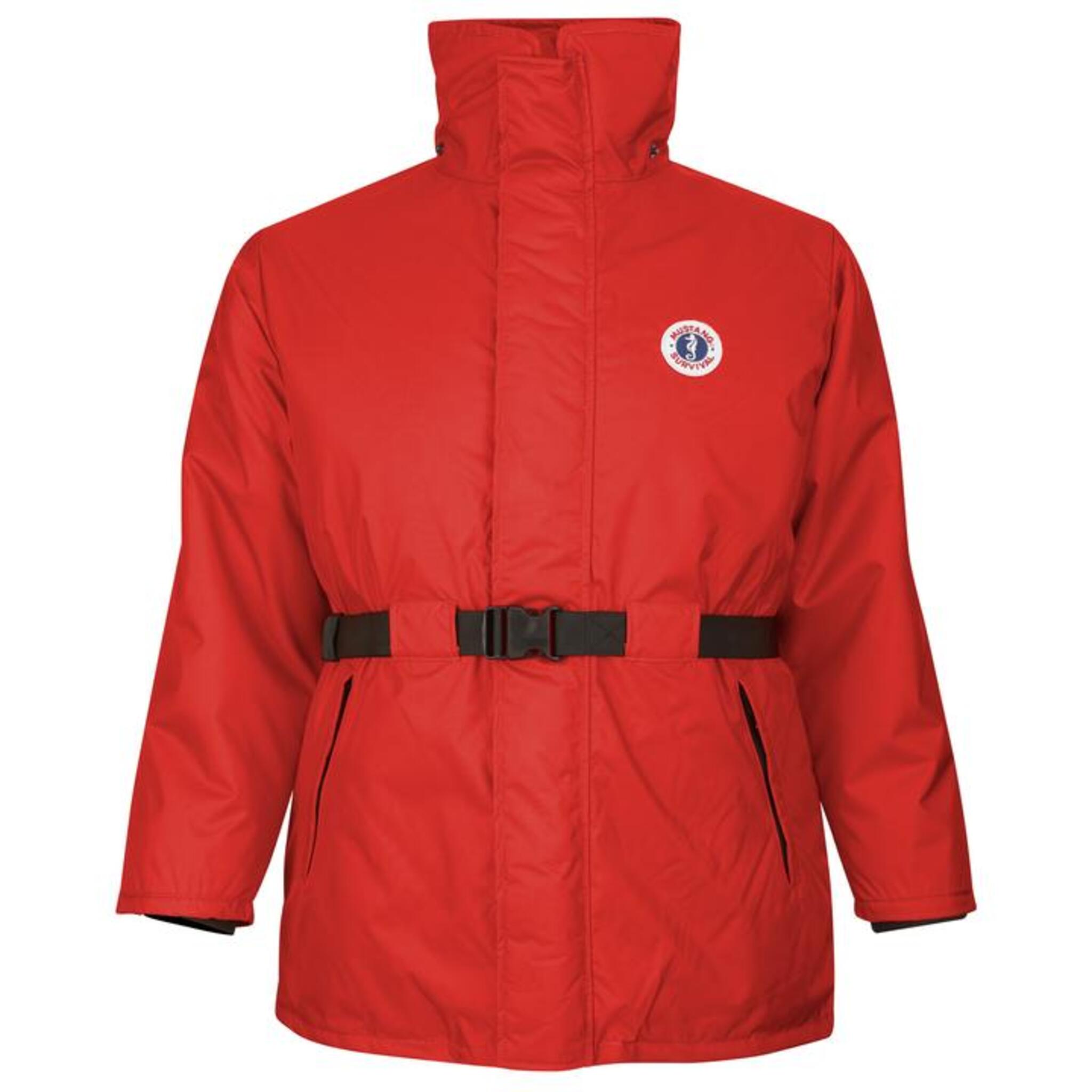Categories
- Shop All (5887)
-
-
- Hi-Vis Chainsaw Safety (14)
- Hi-Vis Coveralls and Overalls (28)
- Hi-Vis Hoodies and Shirts (46)
- Hi-Vis Jackets (38)
- Hi-Vis Pants (22)
- Hi-Vis Rain Wear (48)
- Hi-Vis Vests (53)
- Winter Hi-Vis Bombers and Parkas (24)
- Winter Hi-Vis Coveralls and Overalls (23)
- Winter Hi-Vis Hoodies (4)
- Winter Hi-Vis Pants (4)
- Winter Hi-Vis Vests (6)
-
- Bib Overalls (11)
- Bombers and Parkas (17)
- Coveralls and Overalls (18)
- Disposable Garments (11)
- Flannel and Plaid Work Shirts (22)
- Heated Work Wear (5)
- Hoodies and Sweaters (13)
- Industrial Rainwear (49)
- Pants and Shorts (68)
- Shirts and Sweaters (35)
- Thermal Underwear (44)
- Vests (17)
- Work Jackets (74)
-
-
-
-
- Brooms (0)
- Dust Mops (0)
- Dust Pans and Brushes (0)
- Flow Thru Tools (2)
- Microfiber Mops (0)
- Pool and Tank Tools (2)
- Scrubbers and Scrapers (1)
- Soap and Sanitizer Dispensers (0)
- Sprayers (3)
- Squeegees (1)
- Toilet Brushes and Plungers (1)
- Trash Cans & Bags (8)
- Wet Floor Signs (0)
- Wet Mops and Buckets (2)
-
- Bars and Prying Tools (22)
- Bolt Cutters and Shears (16)
- Chisels and Punches (10)
- Combination Hand Tool Sets (12)
- Extractors (12)
- Files (6)
- Gear Pullers (14)
- Hammers and Mallets (15)
- Hand Saws (22)
- Hex Keys (10)
- Layout and Distance Lasers (1)
- Marking Tools (1)
- Measuring Tools (24)
- Pliers (46)
- Precision Measuring and Testing Tools (24)
- Propane Torches (8)
- Screwdrivers and Nutdrivers (23)
- Sockets (60)
- Tap and Die Sets (4)
- Tool Boxes (27)
- Utility Knives (15)
- VDE Tools (7)
- Wire Cutters and Strippers (14)
- Wrenches (21)
-
- Beveling and Deburring (17)
- Curb and Valve Keys (17)
- Drilling and Tapping (11)
- Extended Impact Sockets (3)
- Flaring and Rerounding (7)
- General Pipe Working Tools (23)
- Guillotine Pipe Cutters (2)
- Hydrostatic Test Pumps (8)
- Internal Pipe Cutters (6)
- PE Peelers (8)
- Pipe Reamers (4)
- Pipe Threading (15)
- Pipe Wrenches (20)
- Plastic Pipe Joint Kits (4)
- Plastic Pipe Saws (5)
- Power Drive (6)
- Quick Release Cutters (15)
- Ratchet Shears (6)
- Ratcheting Wrenches (12)
- Rotary Cutters (3)
- Shut Off Tools (9)
- Soldering Torches (3)
- Vises (7)
-
- Angle Grinders (6)
- Batteries and Chargers (18)
- Bench Grinders (8)
- Circular Saws (3)
- Combo Tool Kits (10)
- Cordless Fans (6)
- Cordless Lighting (15)
- Cut Off Saws (4)
- Drills and Drivers (8)
- Grease Guns (3)
- Impact Drivers (5)
- Jobsite Radios and Speakers (9)
- Lifestyle (7)
- Mitre Saws (2)
- Reciprocating Saws (4)
-
- Angle Grinder Wheels and Brushes (23)
- Bench Grinder Wheels (7)
- Circular Saw Blades (11)
- Drill and Driver Bits (27)
- High Speed Gas Saw Blades (3)
- Holesaws (11)
- Impact Sockets (25)
- Jig Saw Blades (2)
- Oscillating Multi Tool Blades (1)
- Portable Chop Saw Blades (4)
- Power Tool Storage (5)
- Reciprocating Saw Blades (8)
-
-
-
-
- Air Fresheners (2)
- All Purpose Cleaners (19)
- Bowl and Washroom (8)
- Coffee and Breakroom (20)
- Degreasers (3)
- Dishwashing (4)
- Disinfectants and Sanitizers (1)
- Drain Openers (7)
- Hand Cleaners (11)
- Laundry Cleaners (10)
- Paper Products and Wiper Rags (24)
- Scale Removers (2)
- Urinal Pucks and Liquids (5)
- Wet Wipes (4)
-
-
- Ball Valves (14)
- Black and Galvanized Steel Fittings (16)
- Bronze Pipe Fittings and Nipples (16)
- Butterfly Valves (4)
- Check Valves (18)
- Flexible Connectors (4)
- Gate and Globe Valves (6)
- Knife Gate Valves (9)
- Pipe Fitting Accessories (5)
- Schedule 80 PVC Fittings (30)
- Stainless Steel Fittings and Valves (40)
- Victaulic Grooved Fittings (22)

Personal Flotation Devices
21 products
Showing 1 - 21 of 21 products


Personal Flotation Devices: Ensuring Safety on the Water
Personal flotation devices (PFDs), also known as life jackets or vests, are essential for water safety, providing critical buoyancy to prevent drowning during water activities like boating, kayaking, and swimming. Each year, many drowning incidents occur due to inadequate safety measures, highlighting the importance of using PFDs, especially for those who are not strong swimmers or are in hazardous conditions. PFDs help keep individuals afloat, reduce fatigue, and can be life-saving in emergencies. They are available in various types suited to different needs, and their proper selection, use, and maintenance are vital. Additionally, wearing PFDs is often legally required, making compliance necessary for both safety and legal reasons.
Types of Personal Floatation Devices
Flotation Jackets and Bib Pants
-
Flotation jackets and bib pants are wearable PFDs that provide both buoyancy and protection from harsh environments. Flotation jackets function similarly to life vests but often include additional insulation and coverage, making them suitable for cold-weather use. Bib pants extend this protection to the lower body, offering flotation integrated into waterproof or insulated pants. These garments are particularly valuable for those working in commercial fishing, offshore operations, or any activity that involves cold water exposure. They help reduce the risk of hypothermia while keeping the wearer afloat, and are often used as part of a broader survival or flotation suit system.
Flotation Suits
-
Flotation suits are full-body garments designed to provide both buoyancy and thermal protection in cold water environments. These suits are commonly used by fishermen, offshore workers, and others who are exposed to extreme marine conditions. Constructed with built-in flotation panels or foam, they also offer water resistance or waterproofing. The primary purpose of flotation suits is to improve survival chances in cold water by keeping the wearer warm and buoyant. They allow users to continue working safely in harsh conditions while also offering protection in emergencies, such as accidental immersion.
Immersion Suits
-
Immersion suits, also known as survival suits, are specialized PFDs designed for use in emergencies, particularly in icy or freezing waters. These suits provide full-body coverage and are typically made of waterproof and insulated materials to protect the wearer from heat loss. Immersion suits are bulky and not meant for regular wear, but they are essential for survival in extreme conditions, such as when abandoning ship in polar or offshore waters. By keeping the body dry and insulated, they dramatically reduce the risk of hypothermia and are a standard requirement on many commercial vessels, cruise ships, and oil platforms.
Life Jackets
- Life jackets are one of the most recognizable types of PFDs and are designed to turn most unconscious wearers face-up in the water. They are typically filled with foam and constructed to offer maximum buoyancy, making them ideal for offshore or rough water environments. While they can be bulky and limit mobility, their ability to save lives in emergencies makes them an essential safety tool on many types of watercraft. Life jackets focus on reliability and effectiveness over comfort or convenience.
Rescue Devices
- Rescue devices are a subset of PFDs designed not to be worn but to be thrown to individuals in the water. These include Type IV devices like ring buoys and throwable cushions, which provide temporary flotation for conscious individuals awaiting rescue. They are an important part of any vessel’s safety equipment and are often mandated by maritime law, especially on larger boats or commercial vessels. While they don’t turn an unconscious person face-up or provide thermal protection, they can be lifesaving in situations where someone unexpectedly falls overboard.
Explore Personal Flotation Devices at Our Canadian Warehouse
-
Mustang Survival Classic Flotation Coat
-
The Mustang Survival Classic Flotation Coat is a high-performance safety garment designed for marine, industrial, regulatory, and military professionals. Building on the original Floater Coat design, it features closed-cell foam insulation for flotation and hypothermia protection, along with enhanced durability, warmth, and comfort. Key elements include large storage pockets, a full-length storm flap, and a high-visibility red colour for added safety.
-
Mustang Survival Two-Pocket Flotation Vest With Radio Pocket
-
The Mustang Survival Two-Pocket Flotation Vest With Radio Pocket is a certified, high-performance personal flotation device (PFD) designed for professional use in demanding environments like commercial fishing, marine transport, rescue operations, and security. It features large armholes for mobility, an adjustable radio pocket for quick communication access, and two Velcro-secured front pockets for essential gear.
-
Mustang Survival Classic Flotation Coat
-
The Mustang Survival Classic Flotation Coat offers reliable safety, warmth, and durability for marine, industrial, regulatory, and military professionals. Building on the original Mustang Floater Coat, it features closed-cell foam insulation for buoyancy and in-water thermal protection, helping delay hypothermia in cold water. Designed for harsh conditions, it includes functional elements like large storage pockets and a storm flap for weather resistance.
FAQs
1. Are personal flotation devices suitable for non-swimmers?
Yes, personal flotation devices are designed to provide buoyancy and keep non-swimmers afloat. They are particularly important for individuals who are not confident swimmers or who may be in challenging water conditions.
2. Can personal flotation devices be used for children and infants?
Yes, there are specific personal flotation devices designed for children and infants. These PFDs have additional safety features and are sized appropriately for younger users. It is crucial to select PFDs that are suitable for the child's weight and size and to ensure a proper fit.
3. Do personal flotation devices expire?
Personal flotation devices do not have a specific expiration date. However, they can degrade over time due to exposure to sunlight, chemicals, and wear and tear. Regularly inspect your PFD for any signs of damage or deterioration and replace it if necessary.
4. Can personal flotation devices be reused after they have been deployed?
Once a personal flotation device has been used or deployed, it should be inspected for any damage or loss of buoyancy. Some inflatable PFDs may need to be re-armed or recharged after deployment, following the manufacturer's instructions. It is essential to follow proper maintenance guidelines and replace any PFD that no longer meets safety requirements.
5. Are personal flotation devices required on all types of watercraft?
The specific requirements for personal flotation devices vary depending on the watercraft and the jurisdiction. In general, most countries have regulations that require the presence of personal flotation devices on boats and other watercraft. Familiarize yourself with the local laws and ensure compliance with the specific requirements for your watercraft.














































